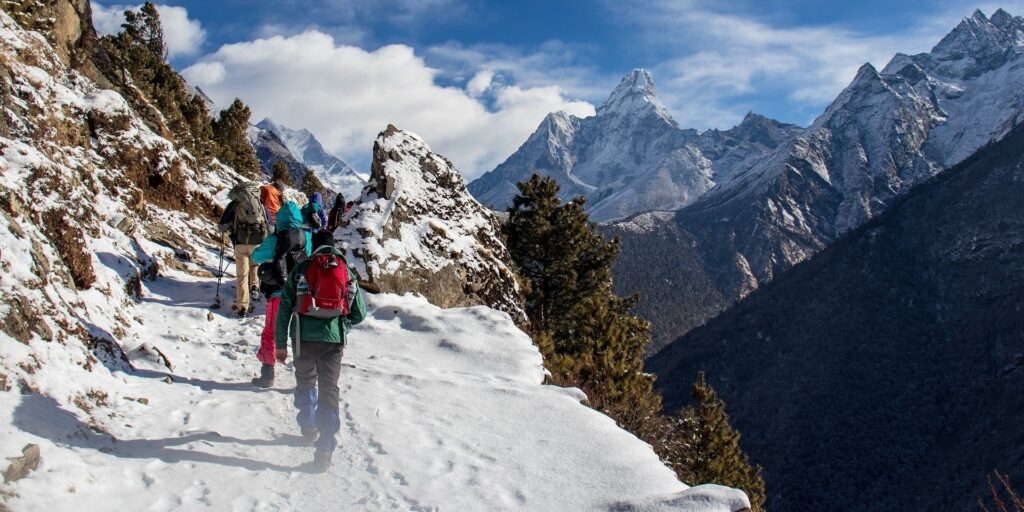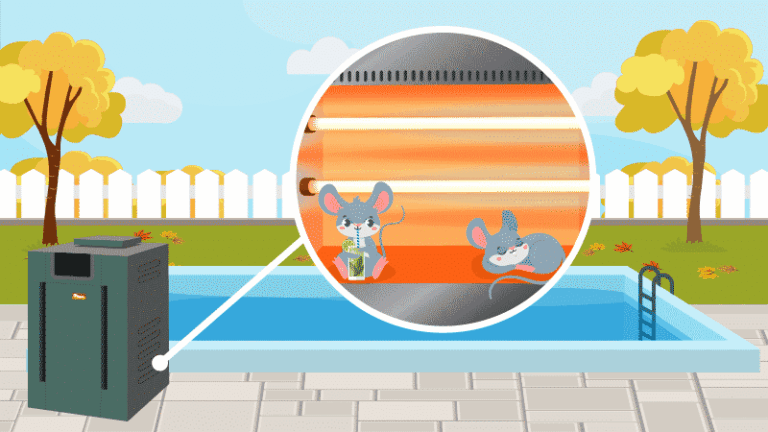Nepal, home to some of the world’s most awe-inspiring mountains and diverse landscapes, offers an unmatched experience for first-time adventurers. With a mix of cultural richness, trekking routes, and stunning scenery, Nepal attracts travelers eager to explore the Himalayas.
For those venturing into this region for the first time, understanding the basics of trekking, managing altitude, and knowing what essentials to bring is key to a safe and enjoyable trip.
Top Treks for First-Timers
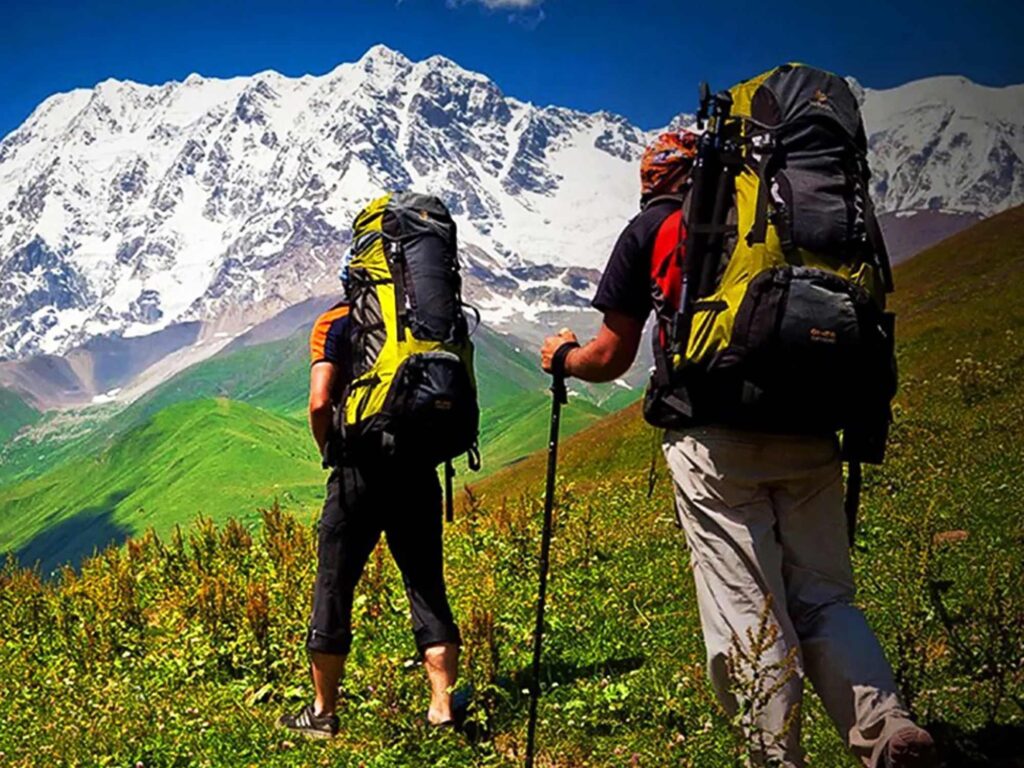
Everest Nepal trekking routes cater to varying skill levels, from easy trails for beginners to challenging paths for experienced hikers. First-timers can enjoy accessible yet breathtaking routes that capture Nepal’s natural beauty without demanding extreme endurance.
- Ghorepani Poon Hill
The Ghorepani Poon Hill is ideal for beginners, offering scenic views without requiring technical climbing skills. This short trek, typically completed in four to five days, takes hikers through lush forests, charming villages, and panoramic viewpoints. Poon Hill’s sunrise views are unforgettable, showcasing the Annapurna and Dhaulagiri ranges in all their glory. - Langtang Valley
For trekkers wanting a mix of adventure and cultural immersion, the Langtang Valley is a great option. The trail leads through Tamang villages, dense bamboo forests, and up to the beautiful Langtang Glacier. Completed within a week, this trek provides an intimate experience of Nepal’s landscapes and traditions. - Annapurna Base Camp
More challenging than the Poon Hill and Langtang Valley, the Annapurna Base Camp (ABC) trek is still accessible for beginners with moderate fitness. Over 7–10 days, trekkers journey through terraced fields, waterfalls, and rhododendron forests. Reaching ABC rewards hikers with views of Annapurna and Machapuchare (Fishtail) peaks, creating a profound sense of achievement.
Tips for Managing Altitude
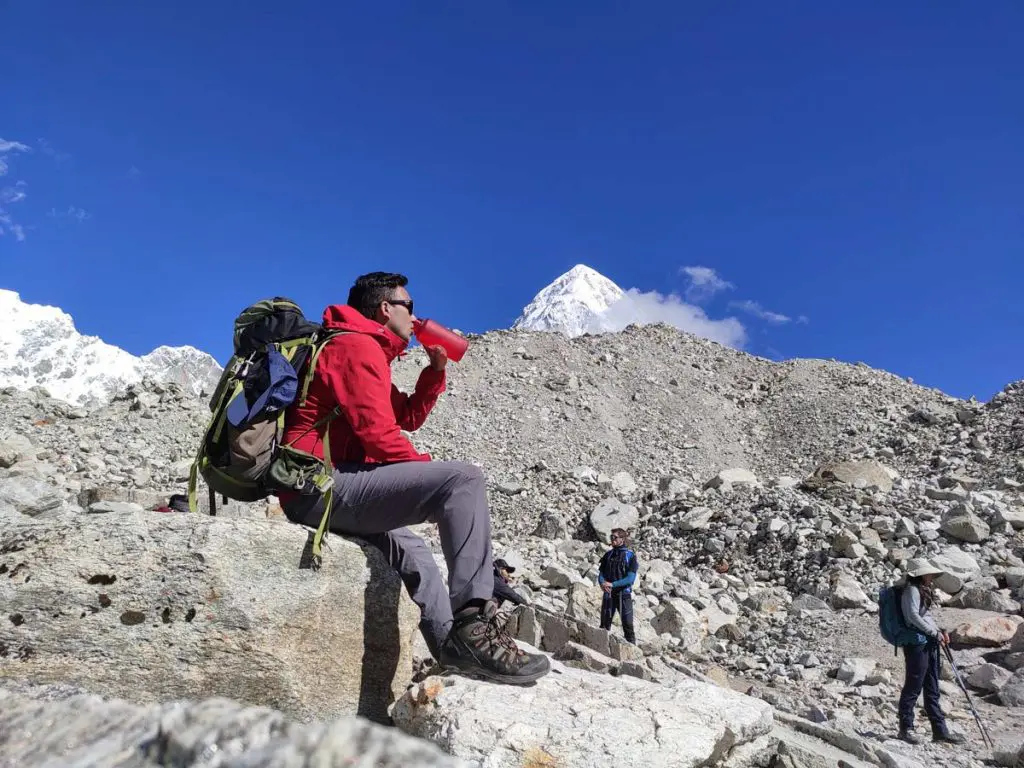
Altitude sickness is a common concern for those trekking in Nepal, especially at elevations over 2,500 meters. First-timers should take specific steps to acclimate and ensure a safe experience.
- Acclimatize Slowly
Acclimatization allows the body to adjust to lower oxygen levels. Trekkers should take regular rest days, especially when reaching higher altitudes, giving their bodies time to adapt. Most trekking routes in Nepal include acclimatization days in their itineraries to help prevent altitude sickness. - Hydrate Consistently
Drinking plenty of water helps prevent dehydration, a common side effect of high altitudes. Altitude tends to dry out the body quickly, so trekkers should drink water regularly, even if they do not feel thirsty. Staying hydrated also helps reduce the severity of altitude-related symptoms. - Listen to Your Body
Altitude sickness affects everyone differently. Symptoms like headaches, dizziness, and nausea are warning signs that trekkers should take seriously. If symptoms worsen, descending to a lower altitude is often the safest option.
Essentials for Newbies
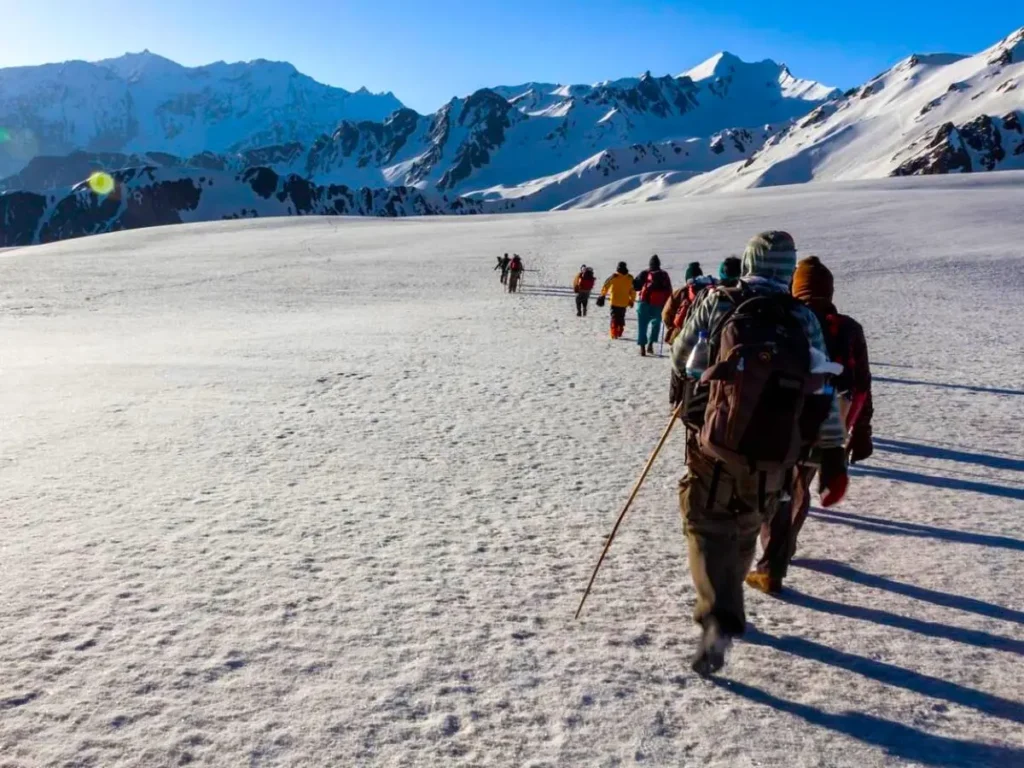
Proper gear and preparation are essential for a successful trek in Nepal. Here are a few must-haves for first-timers to ensure comfort and safety.
- Layered Clothing
Temperatures in the mountains can change drastically. Layered clothing helps trekkers adjust to fluctuating weather conditions. Start with a moisture-wicking base layer, add an insulating mid-layer, and finish with a weather-resistant outer layer. - Sturdy Hiking Boots
Quality footwear is critical. Trekking boots should be well broken-in, waterproof, and provide ankle support. Comfortable and supportive shoes make a huge difference, particularly on uneven or rocky paths. - Trekking Poles and Daypack
Trekking poles reduce strain on knees, especially during descents, and improve balance. A comfortable daypack allows trekkers to carry essentials like water, snacks, and extra clothing without overloading.
Final Thoughts
Exploring Nepal is a transformative experience, blending natural beauty, culture, and personal achievement. With the right preparation, beginners can safely navigate Nepal’s trekking trails and fully enjoy the adventure. Each trail offers stunning views, cultural insights, and a rewarding sense of accomplishment.

